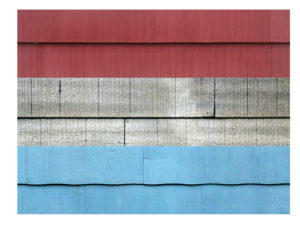
What is asbestos and why do we need to be careful with it?
Asbestos is a mineral that occurs in long fibers composed of even smaller microscopic fibers that has been used for centuries for insulation and fiber reinforced materials. The microscopic fibers can become airborne and if inhaled can cause serious, sometimes fatal, lung diseases. Because of this danger the use and removal of asbestos is regulated as a health hazard.
Where is asbestos found in buildings?
Asbestos was used to wrap heating pipes and furnaces, sprayed on ceilings as a fire retardant, added to paint to add texture, and was used as reinforcement in siding materials, floor tiles and adhesives. It also can be found as a natural contaminant in vermiculite, which was used as wall and attic insulation.
How do I find out if my building contains asbestos?
An abatement specialist can inspect your property and take samples of suspect materials for testing by a laboratory. Sometimes pipe wraps and insulation are labelled as containing asbestos and can therefore be identified without testing.
What is abatement?
Abatement includes measures to keep the asbestos fibers from becoming disturbed and airborne. Complete removal is not always necessary; asbestos-containing materials can be encapsulated to prevent the asbestos-bearing materials from becoming damaged or abraded.
What precautions are used during abatement?
The area in which abatement activities are being conducted must be isolated and sealed off from surrounding areas so that if any asbestos is accidentally disturbed, it cannot escape. The air in the containment area is vented through filters so that any asbestos that does escape will be caught before entering the environment.
How are asbestos contaminated materials disposed of?
The asbestos-bearing materials that are removed along with the materials that were used to set up the isolation area and the protective clothing and gear worn by the abatement specialists is packaged and buried in a specially designated landfill.

